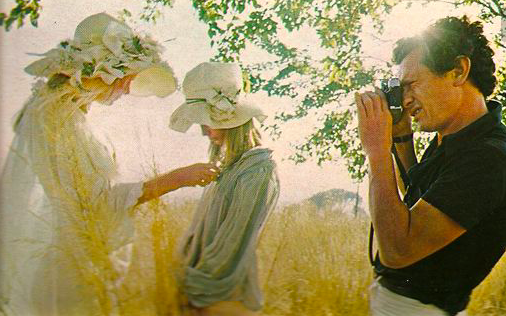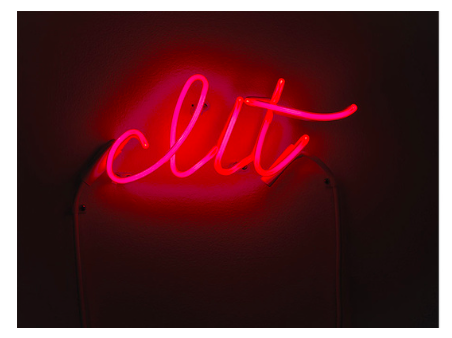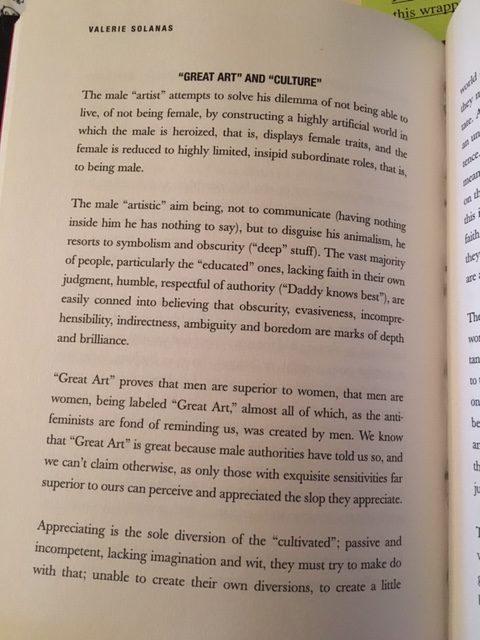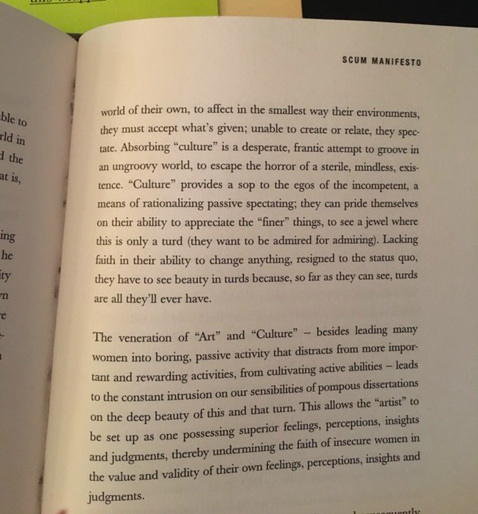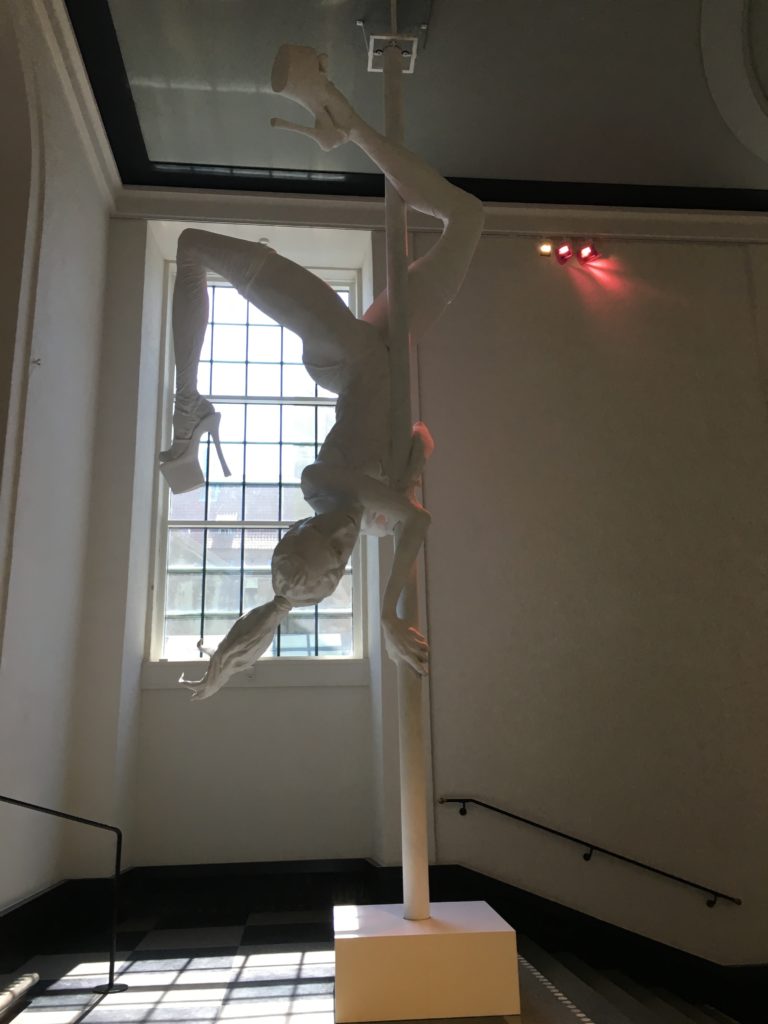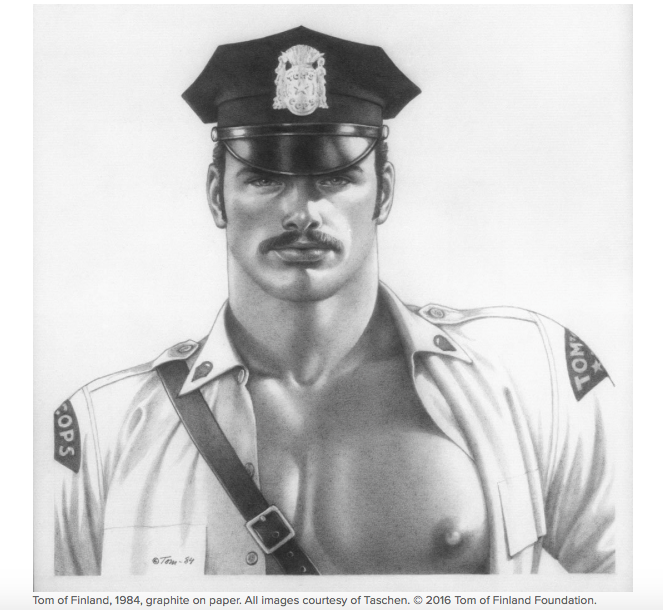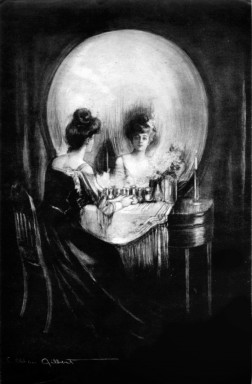
I’ve been trying to motivate myself to write a reflection on 2016 since before the year met its end, but every time I came close to clearing out a recess of my mind for contemplating the year’s ordeals, I was overwhelmed by creepy-crawling asphyxiating fatigue, a paralyzing awareness of the seeming futility of my own existence that until now I have been woefully unable to alchemize from blank stares, the urge to spend an hour hitting my head against the desk, into a coherent piece of commentary. I’ll admit it: in 2016, I did a solidly awful job of attending to The Arts. I’m sorry. The imminent cataclysm promised by the rise to power of the living caricature of a white supremacist misogynist sex predator robber baron fascist had me mildly distracted. What I can recall about 2016 is that the year’s passage brought with it the demise of several iconic male artists, their deaths sparking massive collective paroxysms of performative Internet grief and dizzying outpourings of panegyric, laurel after laurel pinned to the righteous skulls of the departed.
Men died, everyone was heartbroken; I was vexed.
January 10, 2016 — R.I.P. David Bowie
April 21, 2016 — R.I.P. Prince
November 7, 2016 — R.I.P. Leonard Cohen
Each man: a legend. A hero, a beacon, et cetera. A man dies and, absolved of everything, he is made a god. We lift him up to the pantheon. And so it is, one more man installed in that crowded white room composed of clouds and gilt, Olympus, our Hall of Idols. Praise be to him. And him, and him, and him, and him….
I declined to take part in the public funerals of these men, as I do not participate in the public mourning of any Great Men, since, as should be entirely obvious at this point, I am skeptical of the concept of “Great Men” altogether. The reason for my skepticism is that I presume, however Great they may have been at whatever it was they applied themselves to as Men, there’s a 99% chance that they proceeded through their lives in blithe and faithful adherence to the imperatives of patriarchy. They may have treated women like (or represented women as) toys, celebrated phallocentric sexuality, generally behaved in accordance with the principles of male supremacist, masculinist ideology, or they may simply have failed to challenge their own power as male humans within a male-dominated social universe. In any case, as I wrote about David Bowie last January, these men were Men. I do not see how it could possibly be prudent for me, as a feminist and as a woman, to devote my time//energies to the commendation of already highly regarded men who most likely would have viewed me as a dollop of irrelevant fleshiness most properly suited to prancing around in a music video or, best case scenario, starring as muse, my task the inspiration of masterful feats of dreamy poeticism (note to muses: nudity is consistently inspiring).
Disinclined to deify ever more men I have bones to pick with the dead. Continue reading “Reflecting on 2016: Some Men Died // Kill Yr Idols”
